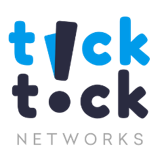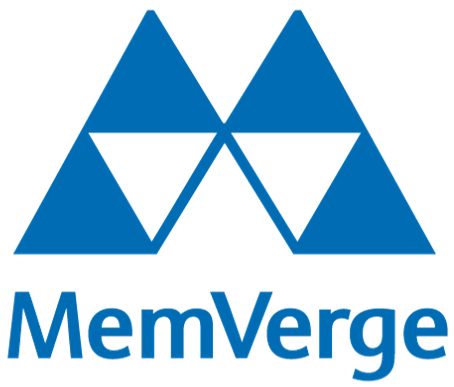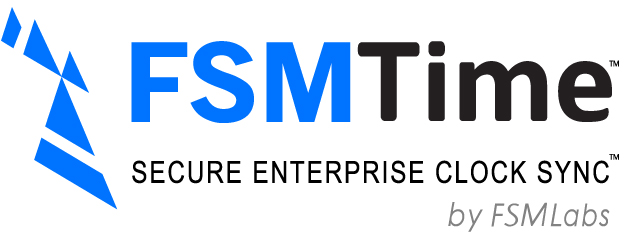STAC Summit, 18 Jun 2019, Chicago
STAC Summits bring together industry leaders in ML/DL engineering, data engineering,
system architecture, application development, infrastructure engineering, and
operational intelligence to discuss important technical challenges in the finance industry.
Come to hear leading ideas and exchange views with your peers.
WHERE
The Metropolitan Club
Willis Tower
233 South Wacker Drive, 66th Floor, Chicago
Agenda
Click on the session titles to view the slides.
 Big Compute
Big Compute
 Fast Compute
Fast Compute
 Big Data
Big Data
 Fast Data
Fast Data
STAC Update: AI Workloads  |
|
|
Michel will discuss progress toward benchmark standards for ML/DL techniques and technologies based on problems that finance firms in the STAC Benchmark Council have said they care about. |
Panel: AI and the engineer  |
|
Financial firms are increasingly using machine learning or deep learning (broadly, “AI”) to improve outcomes or automate functions. Like many other key components of a business plan, AI is a team sport. A brilliant researcher can't be productive without a lot of help with data, technology, and process management. Fortunately, many of these skills exist already in the finance industry, whether it is managing large amounts of data, designing systems for high performance, or managing uncertain processes in an agile way. What are the key engineering and development skills needed on effective data science teams? What technologies are most crucial to understand today and in the near future? How much data science knowledge does a technologist need in order to be a highly effective data engineer or ML engineer? Which parts of the process are most likely to be automated, purchased, or outsourced in the near future, and which parts will continue to rely on in-house (human) technologists? Our panel will discuss. |
STAC Update: Big Workloads  |
|
|
A lot of innovative solutions for big data and big compute workloads like enterprise tick analytics, strategy backtesting, and market risk are being subjected to STAC Benchmarks. If he can catch his breath, Michel will take us through the latest research. |
Compute, meet Data: Accelerating I/O at the micro and macro level  |
|
Ever-increasing demands from the business, the growth of new AI workloads, and the increasing pull of public clouds call for faster and more flexible ways to get data where it’s needed in computations. Fortunately, the vendor community is competing and collaborating to solve these problems. Innovations include standards like NVMe and NVMe over Fabrics, persistent memory with interesting properties, new and enhanced distributed file systems, rapidly evolving cloud services, and products that claim to substantially mitigate problems we expect when compute and storage are separated by long distances. Sorting through this Cambrian explosion of offerings is a good problem to have, but a problem nonetheless. How should application developers think about memory and storage today? What’s possible with file, block, and object storage? When is public cloud a realistic option, and when not? What are the promise and perils of disaggregated storage? Our panel of experts will debate. |
How to program directly to persistent memory  |
|
|
Persistent memory or PMEM (which we've often referred to as storage class memory), is a new technology in the memory-storage hierarchy that combines the persistence of storage with the byte-level access and memory bus usage of DRAM. PMEM vendors promise users greater capacity, availability, and data protection than traditonal DRAM, with greater performance and endurance than traditonal SSDs. In this talk, Ken will give an overview of how operating systems expose PMEM to applications and how to program directly to it using the open source Persistent Memory Developer Kit (PMDK) APIs bundled in Linux and Windows. Along the way, he will give examples of how some popular open source databases have been modified for PMEM. |
STAC Update: Fast Data |
|
|
Peter will discuss the latest research and Council activities related to low-latency/high-throughput realtime workloads. |
Case study: Overcoming hurdles to cloud-based RTL verification for FPGA   |
|
|
Public clouds—offering huge economies of scale, access to the latest hardware, copious memory, and fast storage—seem like a great way to improve the scalability, performance, and cost of verifying RTL designs for FPGA. But there are challenges. Cloud infrastructure as a service (IaaS) tends to be optimized for HPC-oriented jobs or multi-tenant, always-on, transactional tasks. According to David ,IaaS offerings can stumble on write-heavy tasks, latency-sensitive data transfer, and highly interactive workflows such as logic debug. FPGA verification teams invest heavily in on-prem environments to avoid these bottlenecks, and moving to cloud infrastructures risks losing those hard-won advantages. However, David will describe a real-world case in which the customer, a cloud provider, and other parties collaborated on a semi-custom that overcame some of these hurdles. More generally, he'll describe architectures that preserve specific verification environment advantages in a public cloud or hybrid cloud, presenting benchmark data to back up those claims. |
Panel: Time sync & capture in 2019  |
|
Maintaining event intelligence in electronic trading continues to get more challenging. Understanding events with clarity requires capturing those events, understanding exactly when they happened, and pulling them into meaningful analysis, whether that’s for operations management or strategy development and backtesting. Our panelists will discuss these challenges and opine on the best ways to solve them. What kind of accuracy do trading firms need in the near future, and what kind of accuracy is possible? Are these even separable questions, or do new capabilities create their own demand? What kind of network does high accuracy require? How are 40G and higher bandwidths affecting requirements for capture? How are advances in storage and memory affecting capture architectures? What’s changing and what’s not in the build-vs-buy equation? |
About STAC Events & Meetings
STAC events bring together CTOs and other industry leaders responsible for solution architecture, infrastructure engineering, application development, machine learning/deep learning engineering, data engineering, and operational intelligence to discuss important technical challenges in financial services.
 |
 |
 |
|---|---|---|
Speakers
 Brian PetersonHehmeyer Trading + Investments
Brian PetersonHehmeyer Trading + Investments Jerry NelliganXR Trading
Jerry NelliganXR Trading
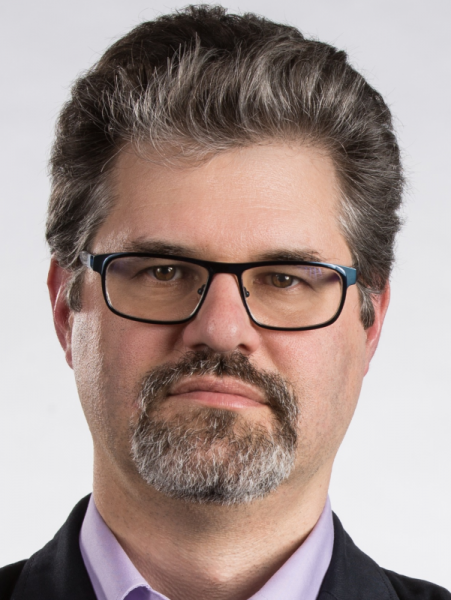 John AshleyNVIDIA
John AshleyNVIDIA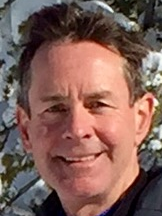 Ken GibsonIntel
Ken GibsonIntel
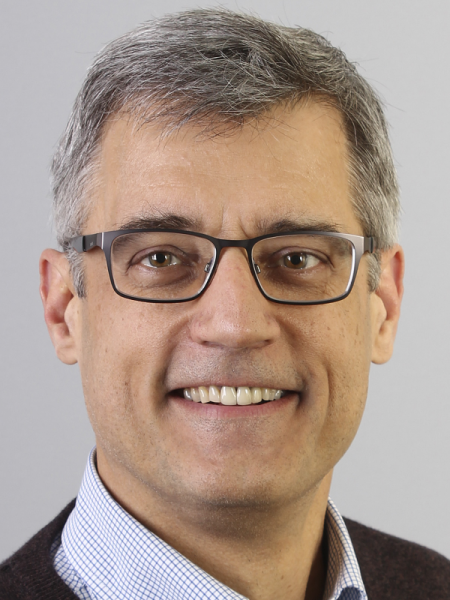 David LidrbauchMentor, a Siemens Corporation
David LidrbauchMentor, a Siemens Corporation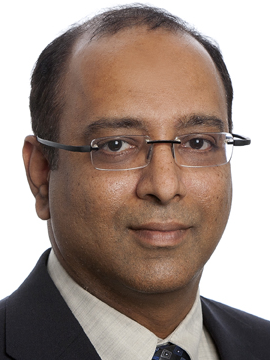 VR SatishPavilion Data
VR SatishPavilion Data
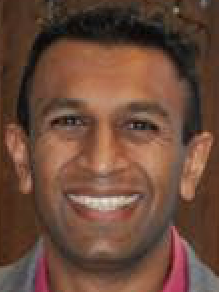 Bhavesh LadDell EMC
Bhavesh LadDell EMC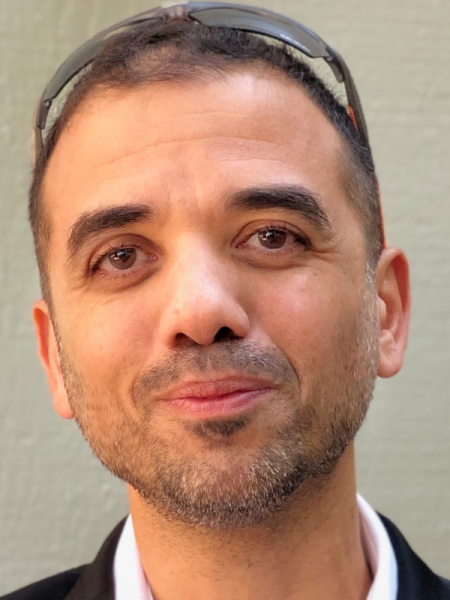 Shimon Ben DavidWekaIO
Shimon Ben DavidWekaIO
 David ClementsIgneous
David ClementsIgneous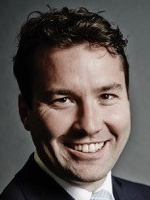 Dr. David SnowdonArista
Dr. David SnowdonArista
 Robert DeWittExablaze
Robert DeWittExablaze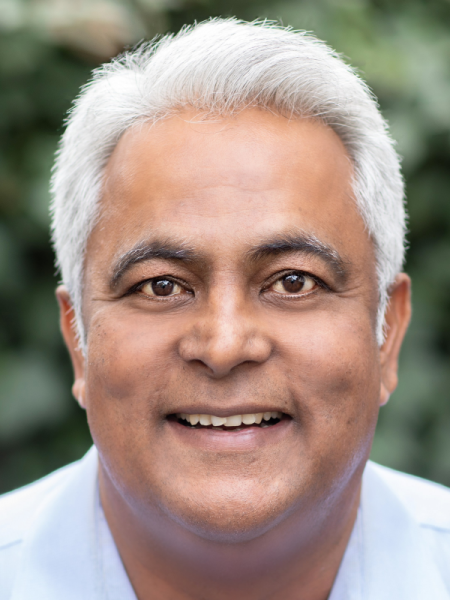 Balaji PrabhakarTick Tock Networks
Balaji PrabhakarTick Tock Networks
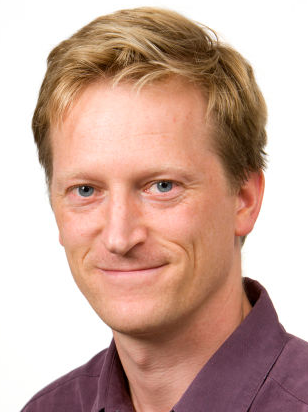 Matt DaveyCorvil
Matt DaveyCorvil Tom LeahyEndace
Tom LeahyEndace
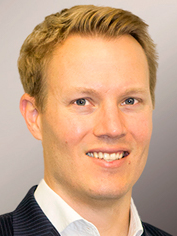 David TaylorExegy
David TaylorExegy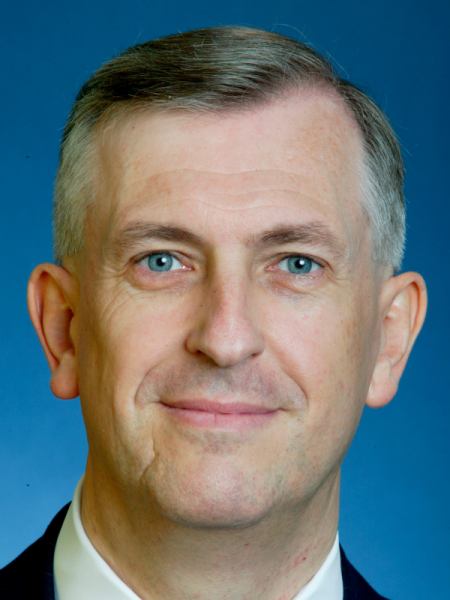 Stephen WestonIntel
Stephen WestonIntel
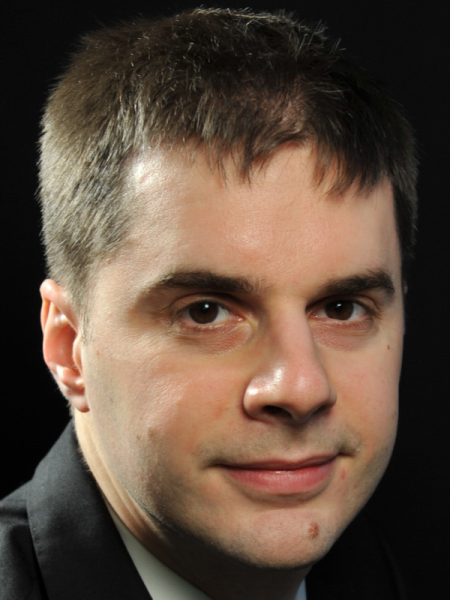 Edouard AlligandQuasarDB
Edouard AlligandQuasarDB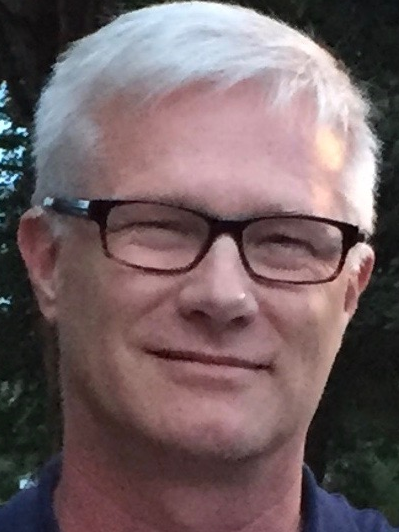 Matt MeinelLevyx
Matt MeinelLevyx
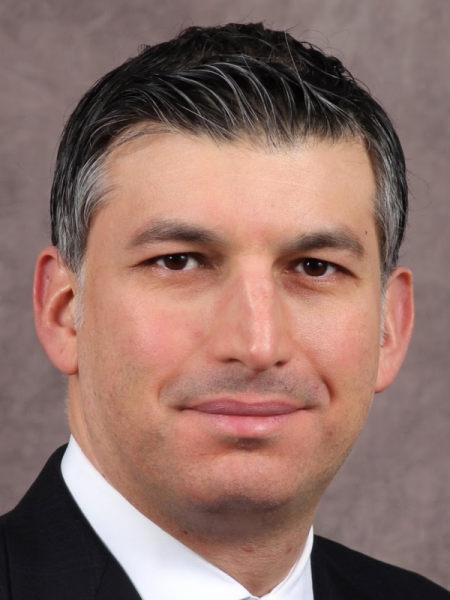 Ugur TigliMinIO
Ugur TigliMinIO Scott HendersonVcinity
Scott HendersonVcinity
 Charles FanMemVerge
Charles FanMemVerge Laurent de BarryEnyx
Laurent de BarryEnyx
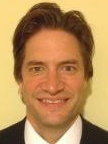 Cliff MaddoxNovaSparks
Cliff MaddoxNovaSparks John HagermanAlgo-Logic
John HagermanAlgo-Logic
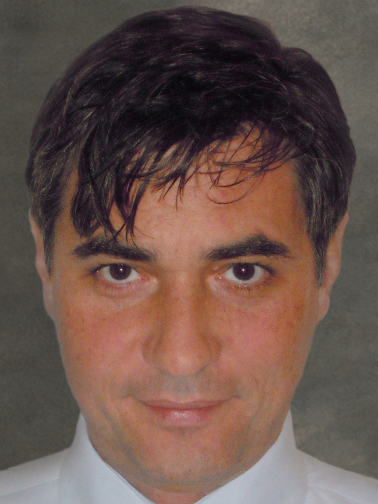 Davor FrankSolarflare
Davor FrankSolarflare Sadie NedoOrolia
Sadie NedoOrolia


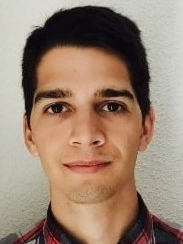 Francisco Girela LopesSeven Solutions
Francisco Girela LopesSeven Solutions Michel DebicheSTAC
Michel DebicheSTAC Peter LankfordSTAC
Peter LankfordSTAC





